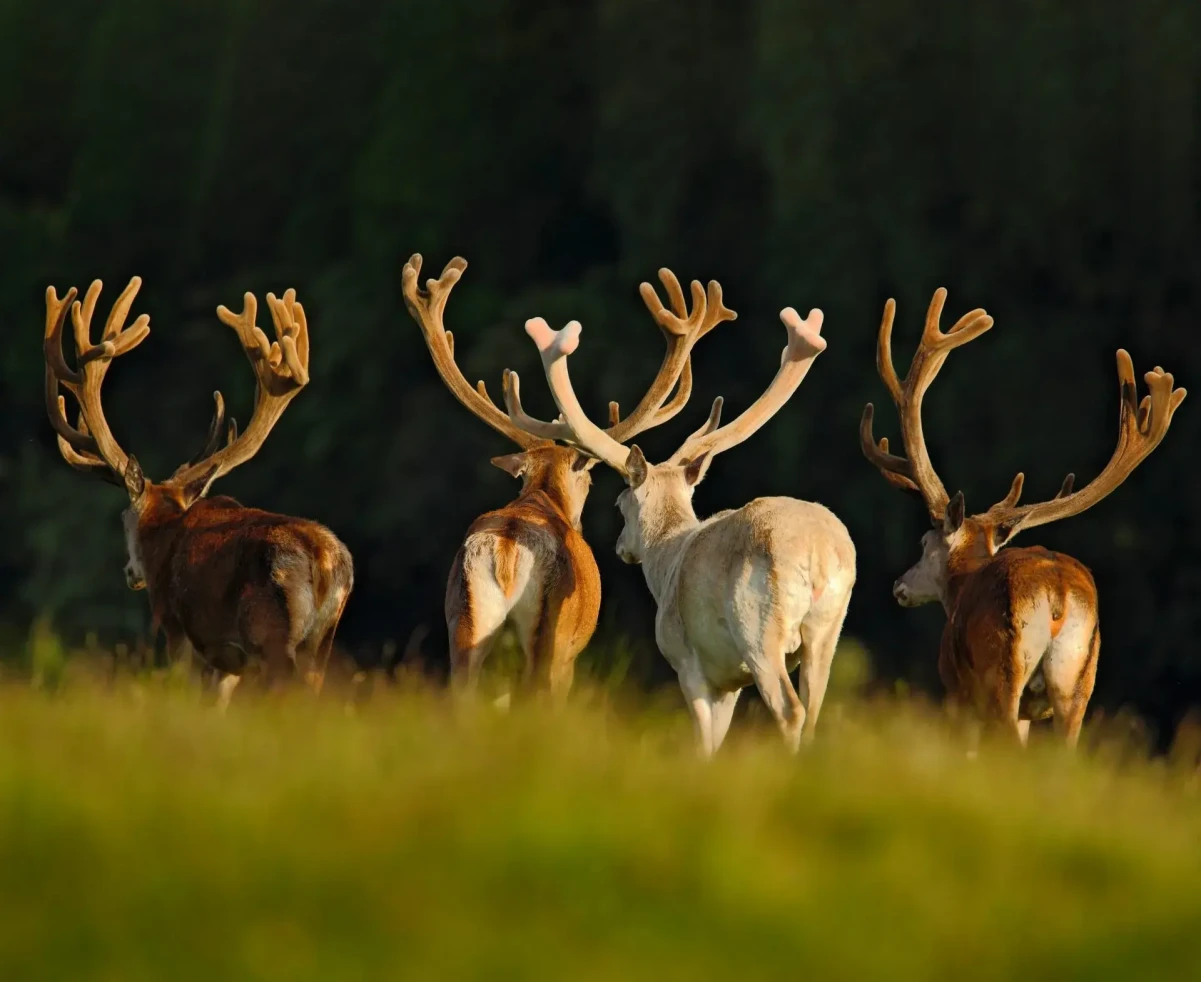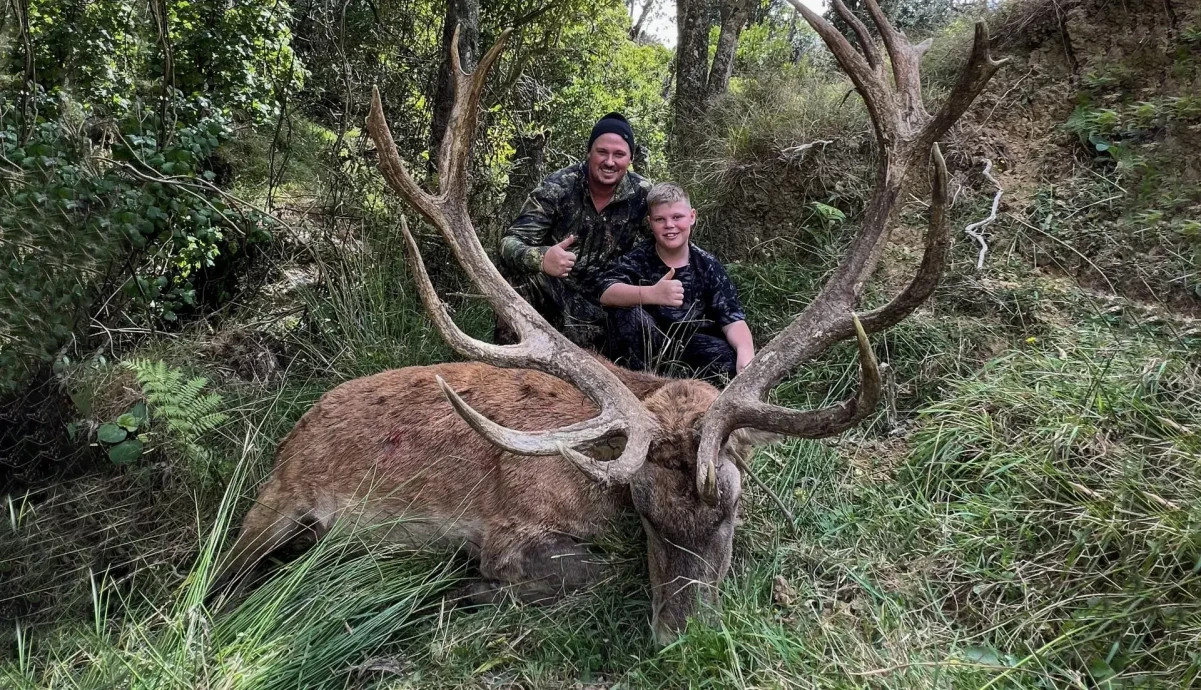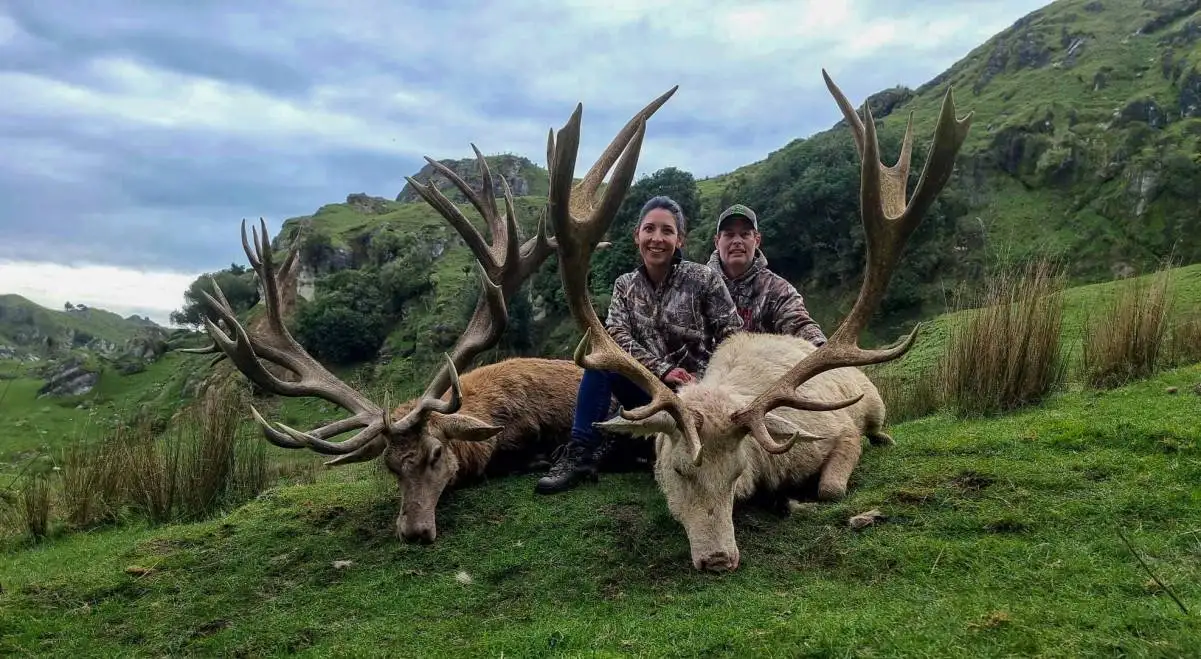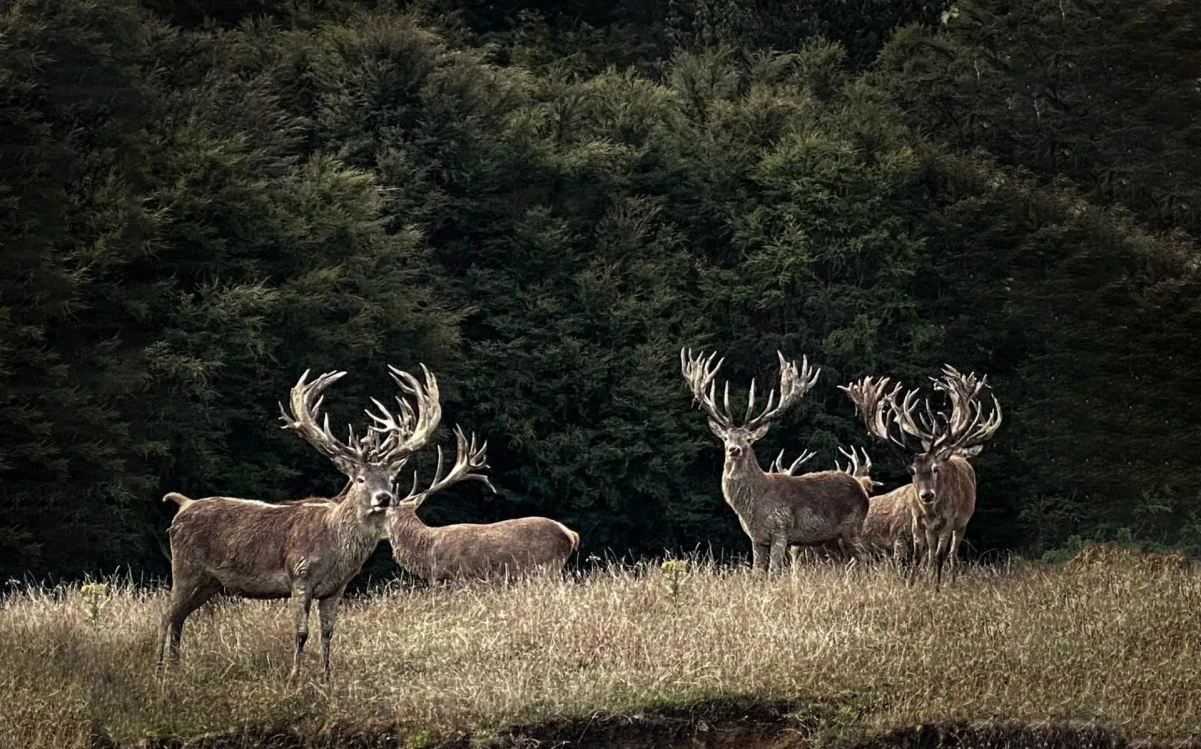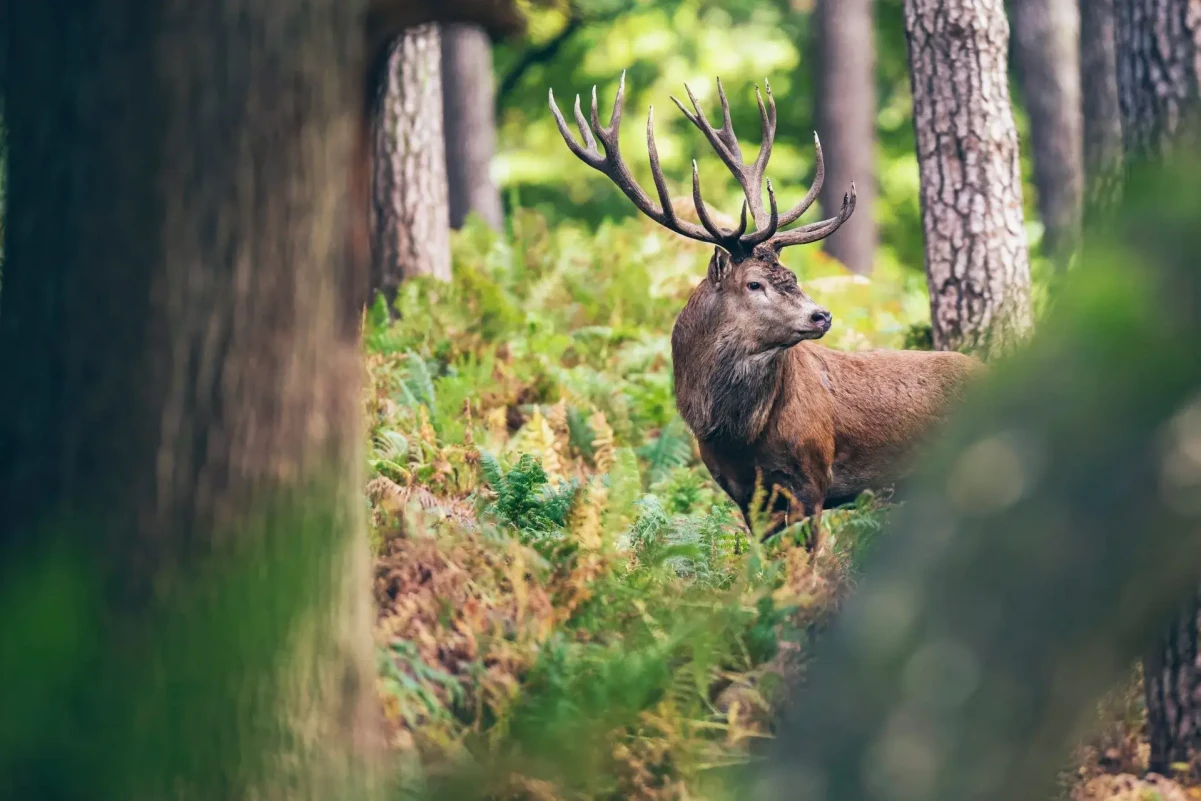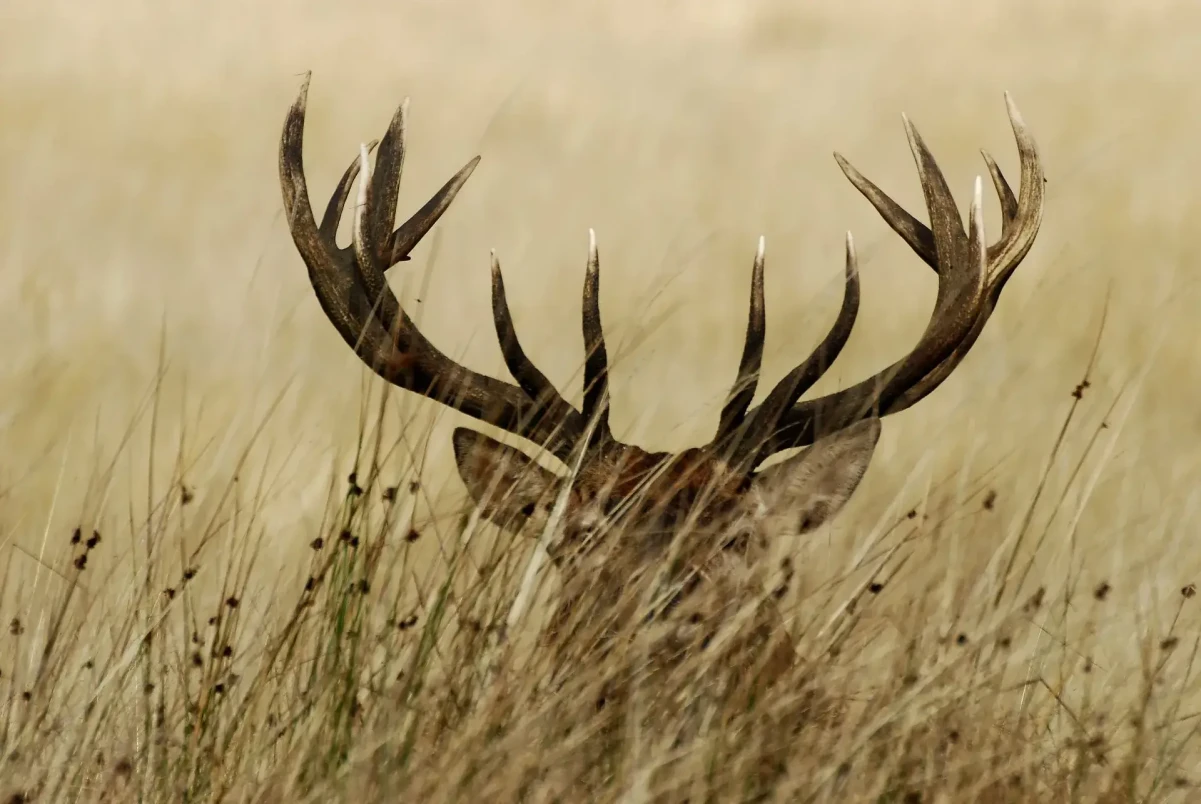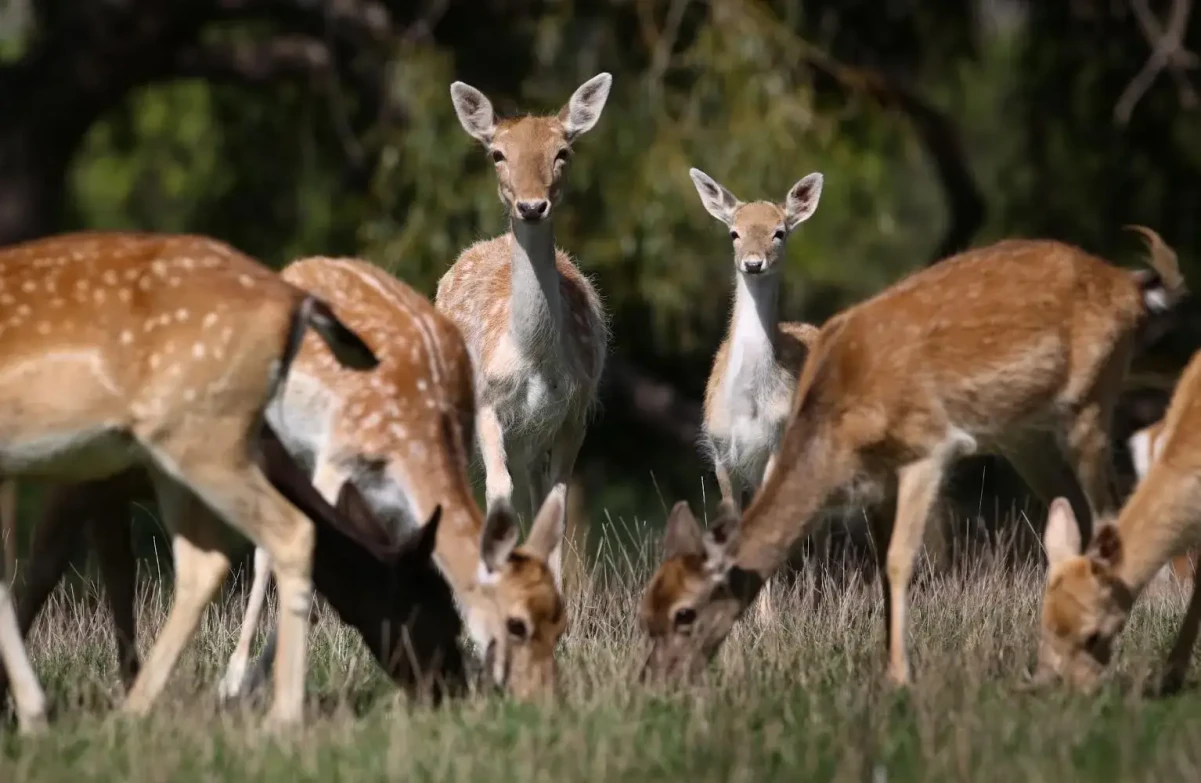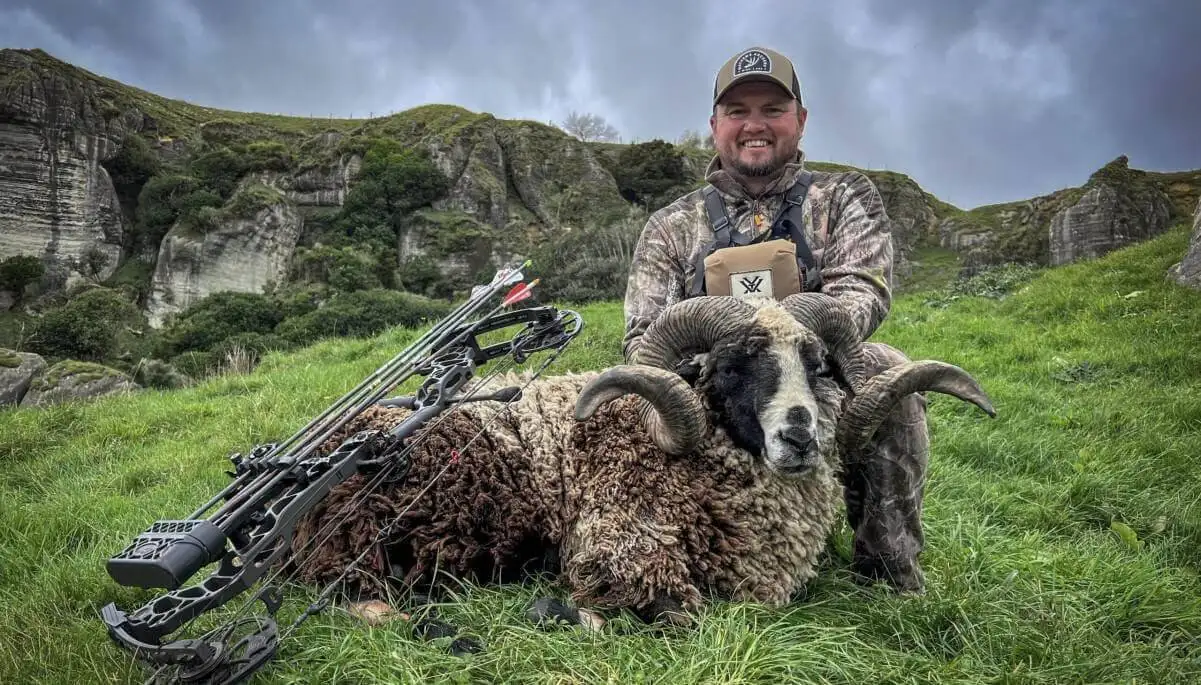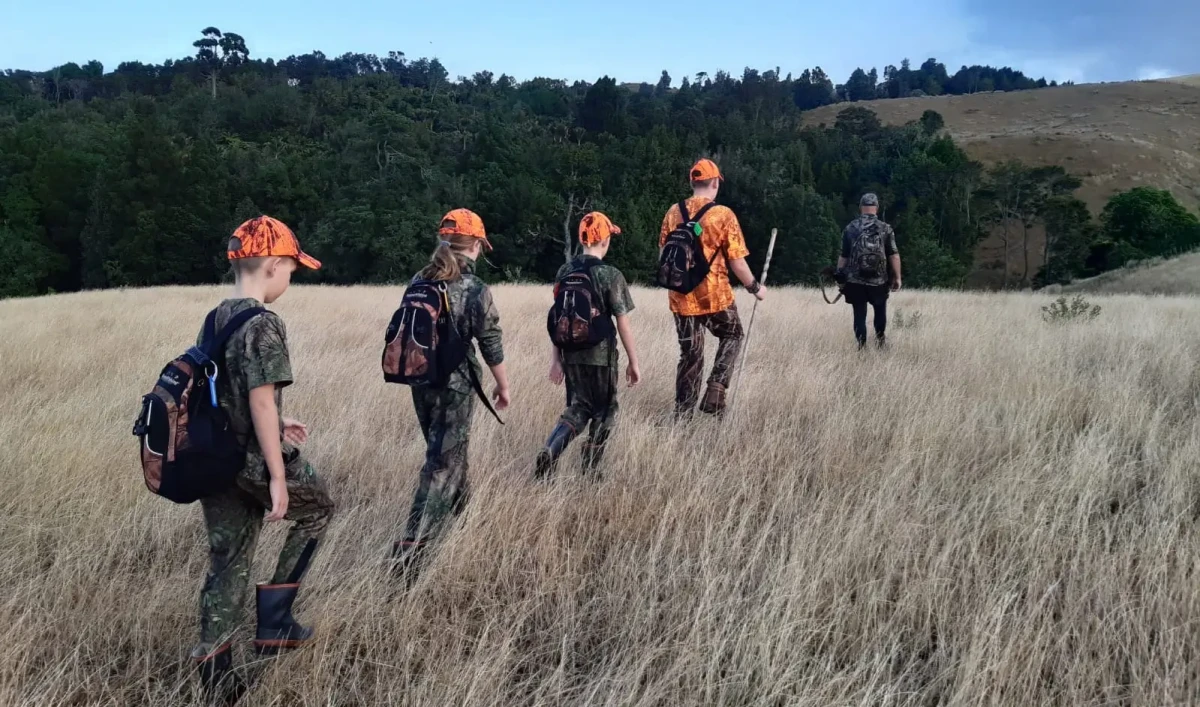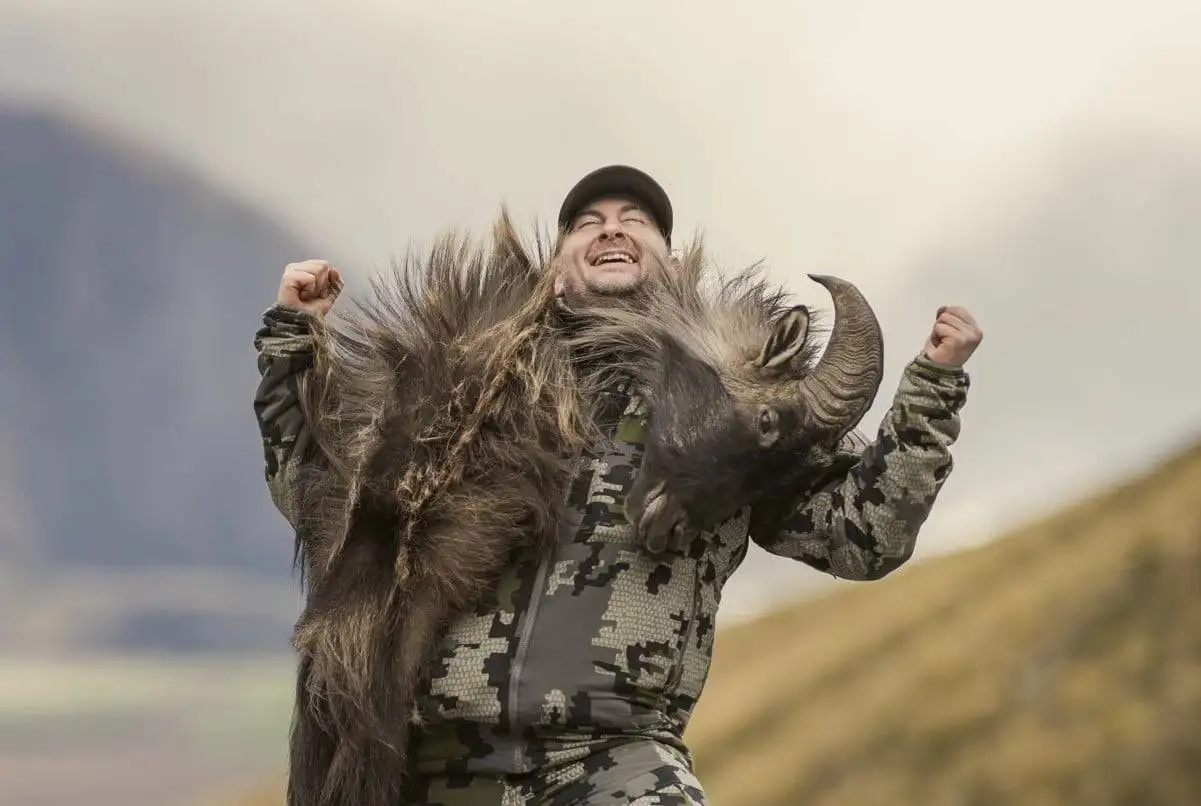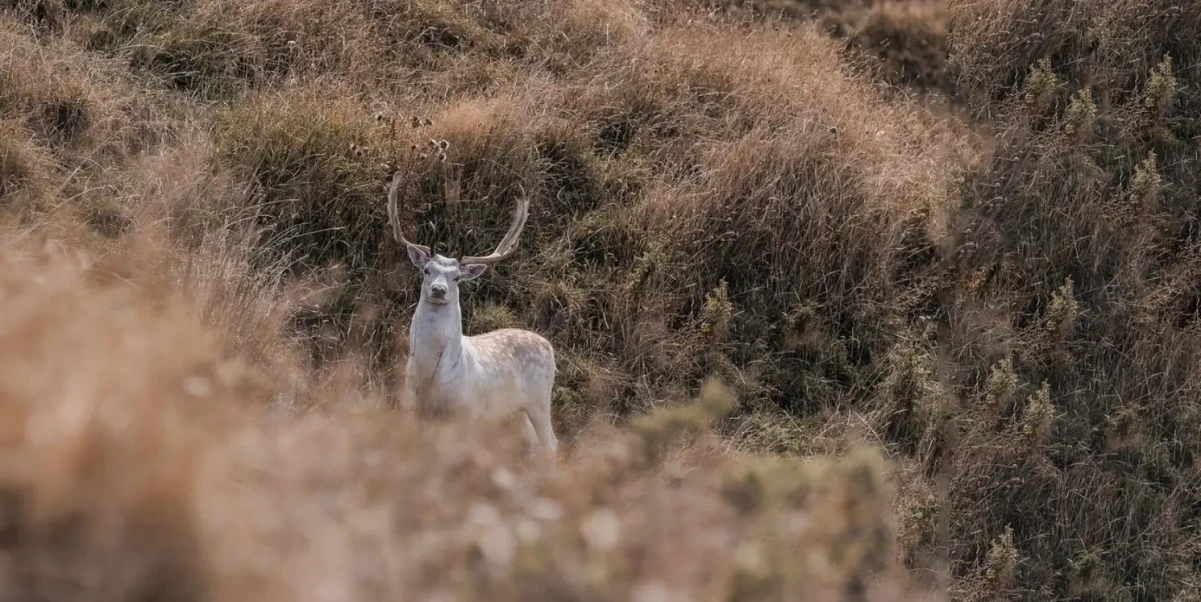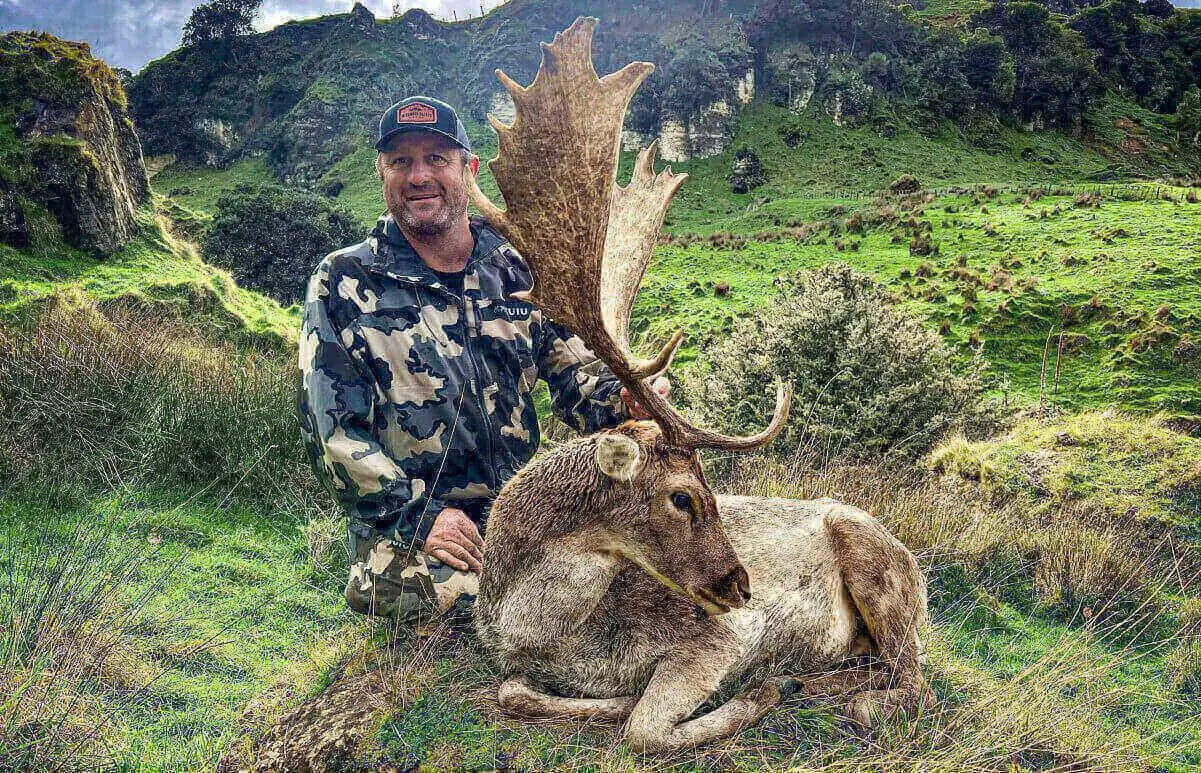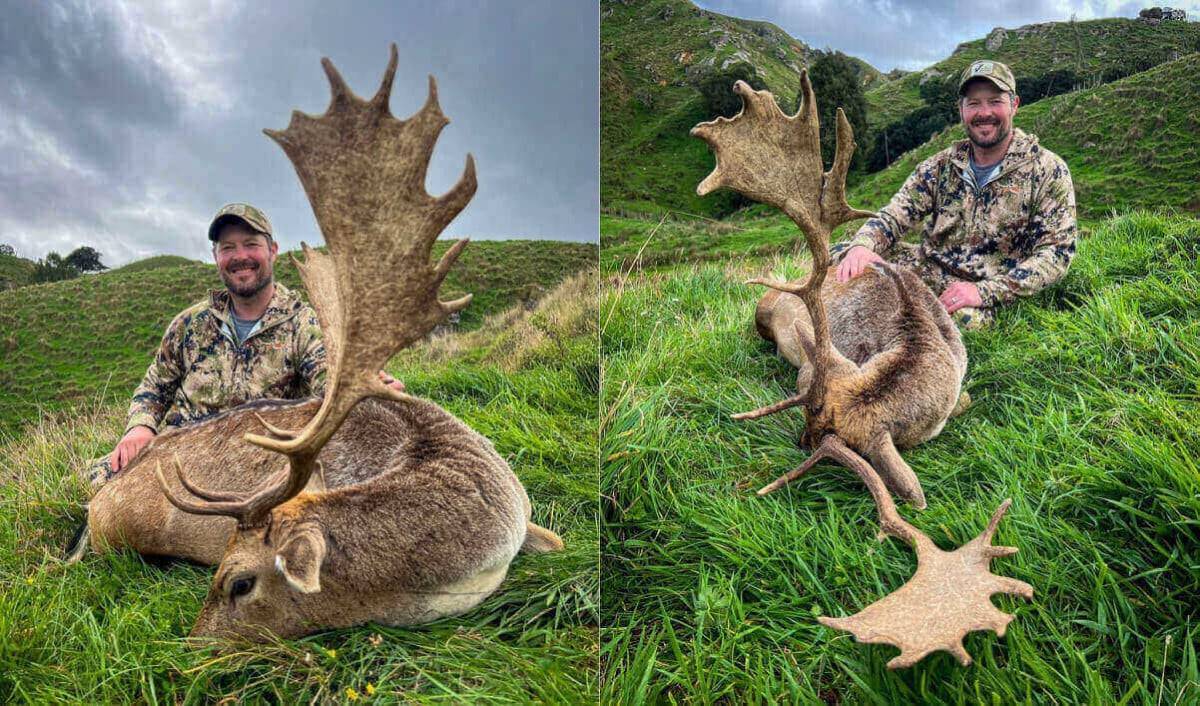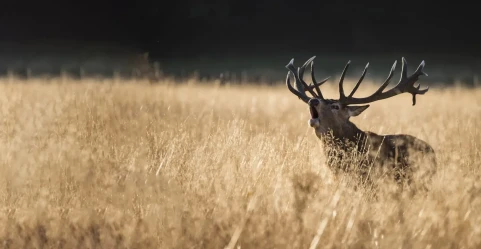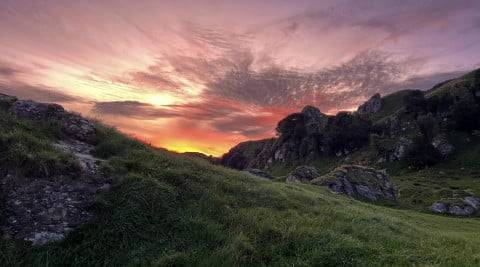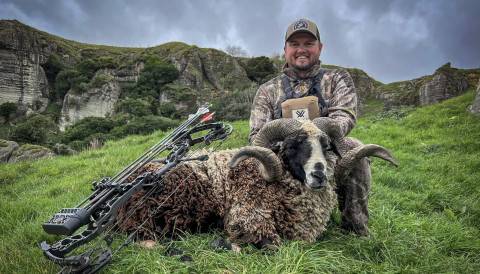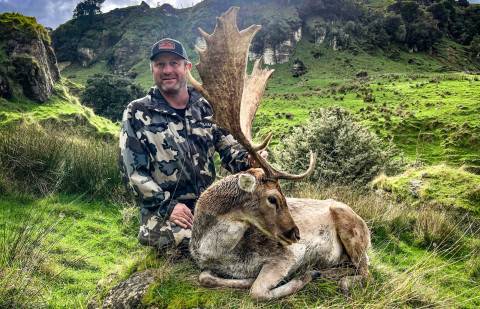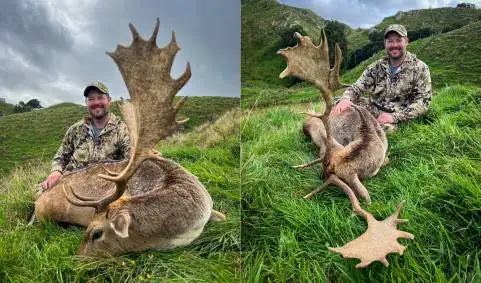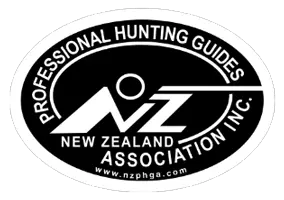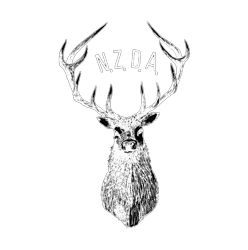Discover a Variety of Game Species for Best Hunting Adventures in NZ
Adventure Hunting are dedicated to offering the very best guided hunting tours in NZ, which is why time, dedication and skill has gone into introducing high quality Game populations into this beautiful NZ environment, within our exclusive, private hunting block.
We have successfully introduced and monitored an independent and sustainable population of a multitude of Game species, living and thriving in their natural habitat, with no need for human interaction for their success. This creates a unique environment for free range, fair chase private hunting in NZ.
Our additional private and exclusive hunting locations in South Auckland/Waikato and Whanganui are also available for Fallow deer meat hunts, with Fallow trophies available in Whanganui. In our other locations we are lucky enough to be able to offer both meat & trophy, Sika Deer hunting, and Chamois & Tahr often sought after breeds for hunting in NZ.

HAVE A LOOK AT WHAT YOU MIGHT FIND IN THE BUSH AT ADVENTURE HUNTING: (AUCKLAND)


Believed to originate from a single Royal Park in Copenhagen, Denmark, The Danish White Red Deer are considered a rare breed in New Zealand and a particularly desired breed globally. A relative of the classic Red deer, its size and antler formation are very similar, with an outstanding white coat being the only visible or behavioural differences between them. Their habits and behaviour during the Roar are the same as their relative Red deer species making them an exciting and rare hunting experience.
read more
Goats were introduced to New Zealand in the 1770s as a food source and to clear weeds in settlement areas. As a species they adapted impeccably to the native environment and landscape and their population quickly grew. With their ease in domestication, most New Zealand goats derive from farms and their wild population is mostly due to escapes and illegal releases.

30 Species of upland game birds were released throughout New Zealand including the common pheasant which were among the first to be released, between 1842 and 1877, to provide sport for European colonists. Top up releases were later encouraged, to ensure the growth of the wild population.

Red deer are the most common deer found in New Zealand, with a controversial existence spreading over both the North and South Island. The Red deer originally inhabited Europe, Central and Western Asia and North Africa before being introduced to New Zealand during the late 1800s and early 1900s. New Zealand was like a haven for Red deer, with luscious landscapes and no large predators, competition for survival was non existent, allowing their numbers and quality to grow substantially. Today in NZ Red deer are viewed as both exciting hunting opportunities, and a volatile pest on NZ.
read more
Today’s Arapawa sheep are derived from the feral sheep originally isolated on Arapawa Island in the Marlborough Sounds, NZ. Their initial origin is uncertain, with much evidence pointing towards the flock deriving from the Merino sheep of Australia, introduced in the early 19th Century. With many strong theories also suggesting they are of middle eastern origin, brought here by the Spanish in the 15th Century.
read more
The common Turkeys of New Zealand have such an extensive population due to no large predator risk being present. The earliest recorded release of Turkeys was on Kawau Island in the 1860s, and by 1894 feral Turkeys were spotted in Hawkes Bay. Their population has grown rapidly and are now commonly found amongst farmland throughout much of New Zealand.
read more
The Fallow deer, are a common deer species in NZ, with their population covering both the North and South Island in often isolated pockets. They were believed to be released into England from their origins in Turkey by the Romans in 1860, and over 50 years created a healthy and thriving population covering much of the country. The English then released this beautiful species to NZ in 24 separate releases from 1860 to 1910. Until the late 20th century, the Fallow deer had remained in a small number of discrete wild herds, however that population has increased significantly since. Due to a mixture of both illegal releases and farm escapes, the Fallow deer is now the second most common deer in NZ.
read more
Duck hunting is the most popular game bird hunting in New Zealand with a variety of duck species available including; Mallard ducks, Grey ducks, and Paradise ducks. Species available is dependant on the environment and area. Duck hunting requires a keen eye in NZ, with various duck species remaining protected, accurate game identification and shot is essential as various breeds can be found together in large groups making them difficult to differentiate.
read moreOTHER LOCATIONS

Himalayan tahr are large goat-like animals, native to the central Himalayan ranges of India and Nepal. Introduced to New Zealand in the early days of European settlement for sport Tahr quickly became established in the ideal alpine environment of the Southern Alps.
read more
The chamois looks like a goat-like antelope, its most distinctive characteristic being its white face, with black stripes just below the eyes. The chamois is mostly brown in coloration with a white rump, and a long, black stripe that runs down its back. Both the male and female chamois have horns, which are mostly straight, but hook backwards near the ends. The males, however, do possess thicker horns than the female.

Sika Deer are popular deer in New Zealand, however their species is limited to certain locations around New Zealand, unlike the wide spread Red and Fallow populations. Believed to be of Asia origin, the Sika deer were successfully introduced to NZ in 1905 via stock from Woburn Abbey Park in England. Their population thrived in New Zealand, particularly due to their tolerance of rough scrub and weed vegetation, making them incredibly adaptable to harsh terrain and habitats in New Zealand.
read more
You can find the New Zealand wild/feral pig throughout the entire country and even a number of our offshore islands in a range of different habitats. From bush to farmland, high country to wetlands pigs adapt well to any environment due to their ability to forage or scavenge such a wide range of food to suit their omnivorous diet.
read more
Wapiti are the largest deer in New Zealand (accepting that moose are no longer present in Fiordland). The male carries spectacularly large antlers that are round in cross-section. The current ‘wapiti’ population in Fiordland is a hybrid between wapiti (Cervus canadensis) and red deer (Cervus elaphus) though physical appearance can vary. Animals that look typically like wapiti are distinctly larger in size than those that look typically like red deer. Features that are more like wapiti than red deer include a larger body; fur that is more fawn-coloured than reddish; and a large and distinct rump patch (around the tail). Wapiti antlers grow more up, out and backward whereas those of red deer grow up and inward; and wapiti antlers tend to have fewer points than red deer. Wapiti tend to have a calmer temperament compared to red deer.
read more
